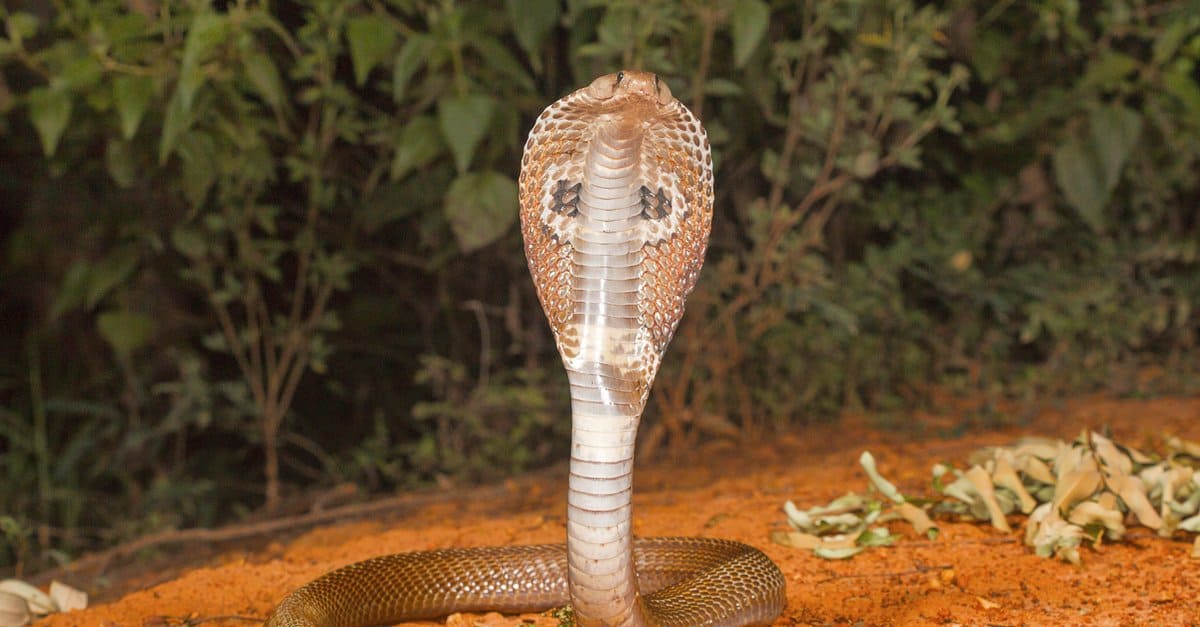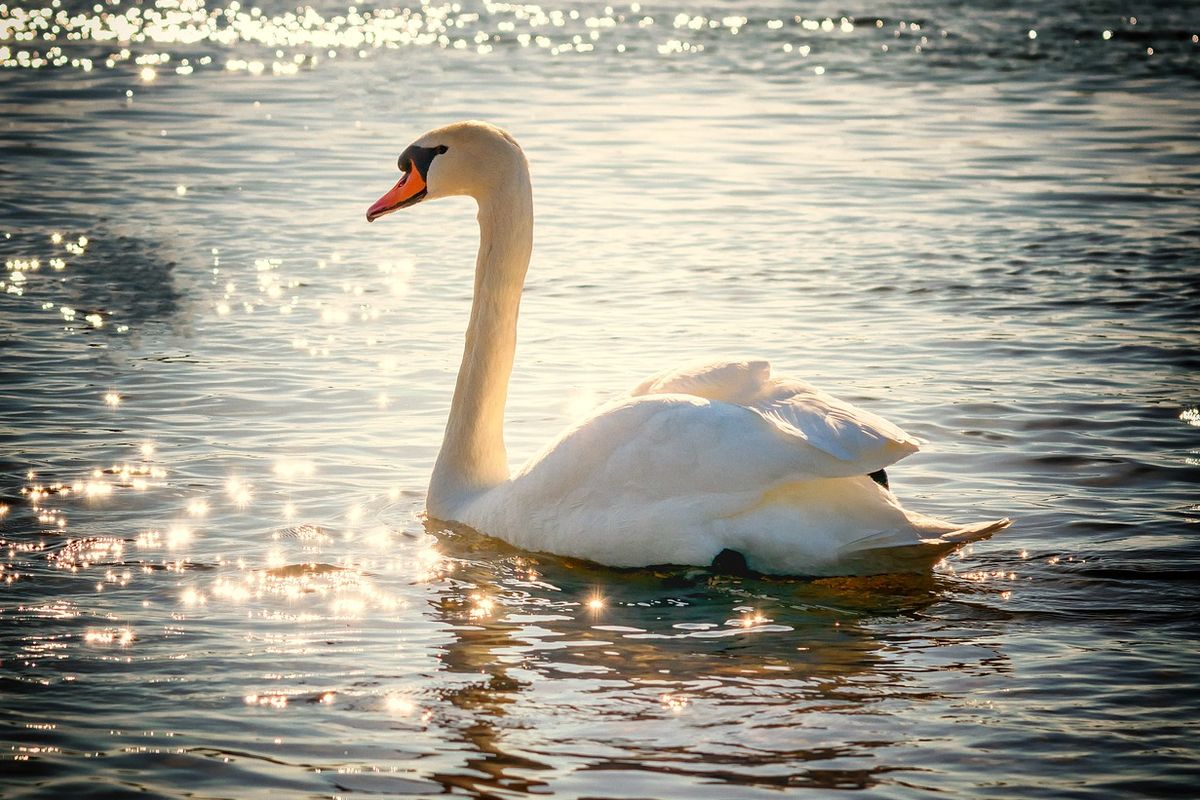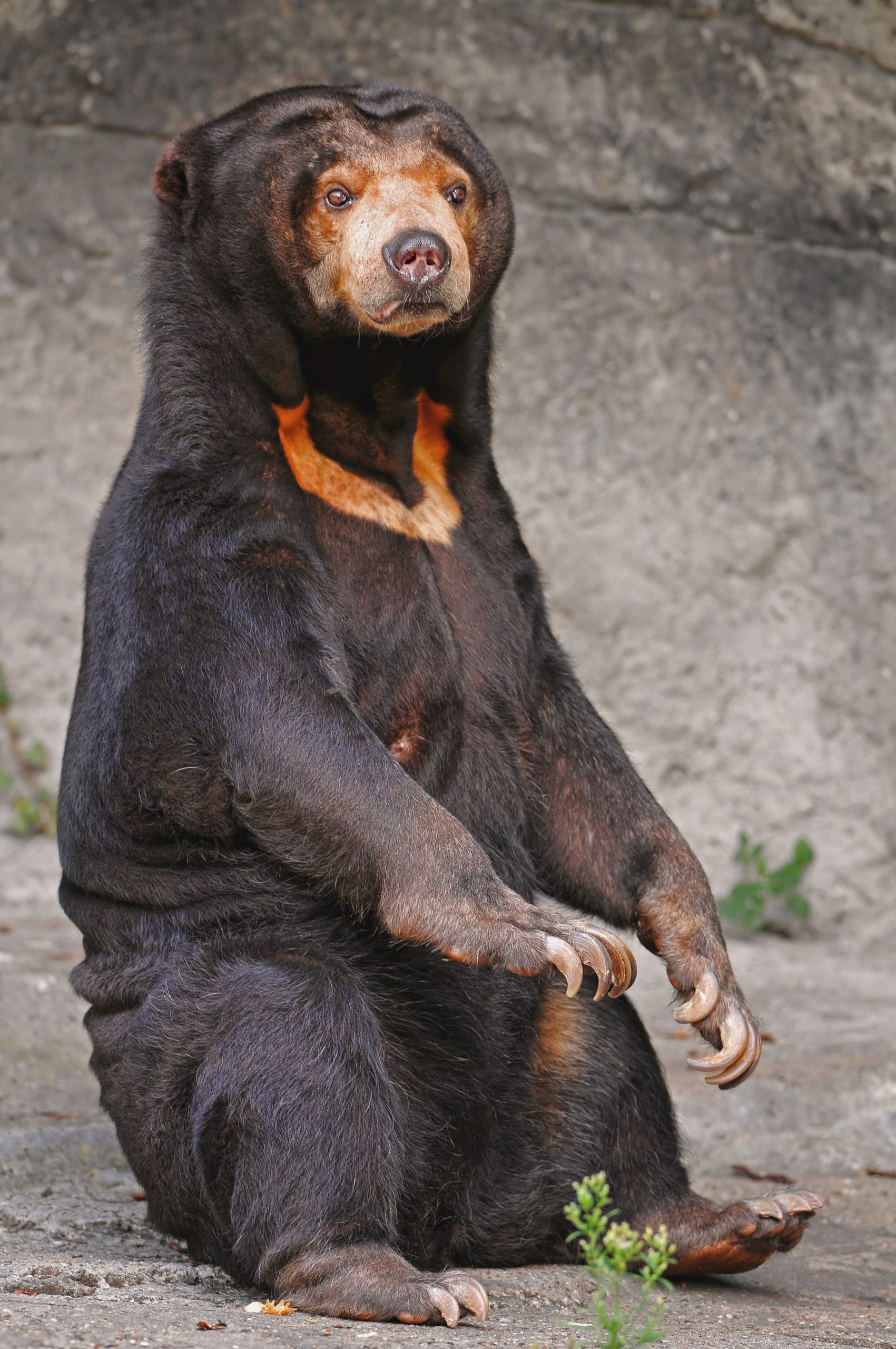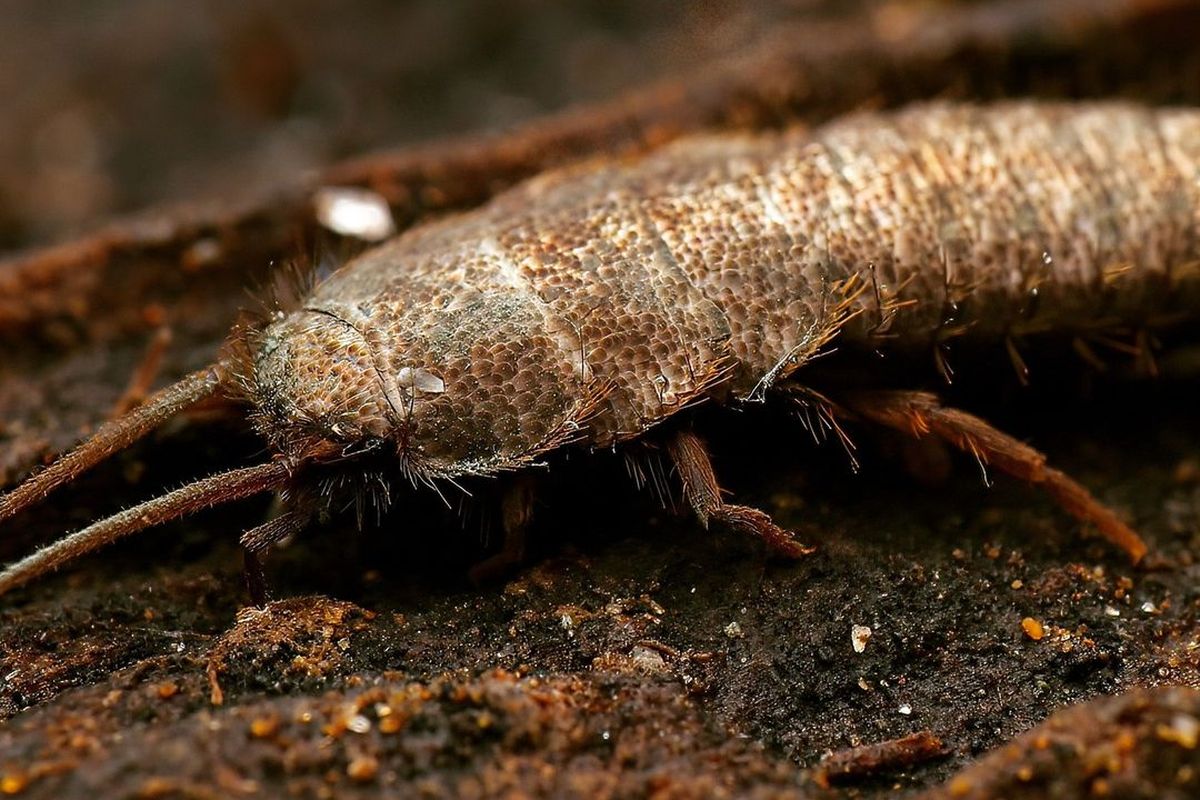Hewan Ular Pucuk, commonly known as the "Crested Snake" in English, is a fascinating species of serpent that captivates herpetologists and wildlife enthusiasts alike. Renowned for its distinctive physical features and intriguing behaviors, this snake plays an important role in its natural ecosystems. Despite its somewhat elusive nature, ongoing research continues to shed light on its biology, habitat preferences, and conservation needs. Understanding Hewan Ular Pucuk is essential for appreciating the biodiversity of the regions it inhabits and for ensuring the species’ long-term survival. This article provides a comprehensive overview of this unique snake, exploring its physical traits, habitat, behavior, diet, reproductive cycle, conservation status, ecological role, identification tips, and current research efforts.
Introduction to Hewan Ular Pucuk: An Overview of the Species
Hewan Ular Pucuk, or the Crested Snake, is a relatively lesser-known species of snake endemic to certain tropical regions. It belongs to the family Colubridae, which includes many non-venomous and mildly venomous snakes. This species is distinguished by its prominent crest or ridge running along its head and neck, giving it a distinctive profile among serpents. The Crested Snake has garnered interest due to its unique morphological features and adaptive behaviors in diverse habitats. Its distribution primarily spans parts of Southeast Asia, including Indonesia, Malaysia, and surrounding islands.
The species exhibits a moderate size, typically measuring between 60 to 100 centimeters in length, although some individuals may grow slightly larger. It is primarily terrestrial but can sometimes be arboreal, depending on environmental conditions. Hewan Ular Pucuk is generally shy and reclusive, often avoiding human disturbance and hiding under leaf litter, rocks, or within dense foliage. Its coloration and patterning serve as excellent camouflage in its natural surroundings, aiding in predation and predator avoidance.
Taxonomically, Hewan Ular Pucuk has been subject to various classifications as new research and molecular studies emerge. Its evolutionary relationships with other colubrid snakes provide insights into the biogeographical history of the region. Despite being less prominent in the public eye, the species plays an integral role in maintaining ecological balance within its habitat. Conservation efforts are gradually increasing to protect this intriguing serpent from threats such as habitat destruction and illegal collection.
Understanding the basics of Hewan Ular Pucuk’s biology and ecology is vital for appreciating its role in biodiversity. Its unique features and behaviors make it a subject of interest for herpetologists aiming to unravel the complexities of tropical snake species. As research progresses, more detailed information about its ecology and conservation needs continues to emerge, underscoring the importance of preserving this remarkable species.
Physical Characteristics and Unique Features of Hewan Ular Pucuk
The most striking feature of Hewan Ular Pucuk is its prominent crest or ridge along the top of its head and neck, which resembles a crown or a series of spines. This crest varies in size and shape among individuals but generally serves as a visual identifier for the species. The snake’s head is slightly broader than its neck, with a tapered snout that facilitates burrowing and navigating through leaf litter. Its eyes are relatively large, equipped with vertical slit pupils, which enhance its night vision.
Coloration of Hewan Ular Pucuk is highly variable but often includes shades of brown, gray, or green, with intricate patterns such as blotches or stripes that provide excellent camouflage. The scales are smooth and shiny, contributing to its sleek appearance. The dorsal surface typically features markings that break up its outline, aiding in concealment from predators and prey alike. The ventral side is usually lighter, often cream or pale yellow, contrasting with the darker dorsal patterns.
One of the most distinctive features of this snake is its crest, which can be raised or flattened depending on its mood or environmental stimuli. When threatened or agitated, the crest may become more prominent, giving the snake an intimidating appearance. Additionally, the snake’s slender body and flexible spine enable it to maneuver through narrow crevices and dense foliage with agility. Its tail is relatively short but capable of precise movements, aiding in climbing and balance.
The overall physical structure of Hewan Ular Pucuk reflects adaptations for a life of ambush predation and stealth. Its lightweight frame and specialized scales facilitate quick movements and silent stalking of prey. The crest, beyond its visual impact, may also serve as a form of communication or display during territorial disputes or mating rituals. These unique features make Hewan Ular Pucuk a visually interesting species that stands out among tropical snakes.
Studying its physical characteristics provides important clues about its behavior, ecology, and evolutionary history. The snake’s morphology is finely tuned to its environment, emphasizing the importance of habitat conservation for maintaining its populations. As with many reptiles, physical traits such as coloration and crest size can vary across populations, reflecting local adaptations and genetic diversity within the species.
Natural Habitat and Geographic Distribution of Hewan Ular Pucuk
Hewan Ular Pucuk is predominantly found in tropical rainforest environments, where dense vegetation and high humidity create ideal living conditions. Its natural habitat includes leaf litter, forest floors, and low shrubbery, providing ample cover for concealment and hunting. The species is also known to inhabit secondary forests and disturbed areas, demonstrating some level of adaptability to habitat changes. Its preference for humid, shaded environments underscores its reliance on stable microclimates for thermoregulation and hydration.
Geographically, Hewan Ular Pucuk is distributed mainly across Southeast Asia, with confirmed sightings in Indonesia, Malaysia, Thailand, and parts of the Philippines. In Indonesia, it is often encountered in the islands of Sumatra, Borneo, and Sulawesi, where tropical rainforests are abundant. The species tends to favor lowland regions but can occasionally be found at higher elevations up to 1,000 meters above sea level. Its distribution pattern suggests a preference for humid, lowland tropical habitats with abundant prey and shelter.
The species’ range overlaps with several other snake species, but Hewan Ular Pucuk maintains a relatively localized distribution due to its habitat preferences and ecological requirements. Its presence often correlates with dense, undisturbed forest areas, which remain under threat from logging, agricultural expansion, and urban development. Fragmentation of its habitat poses significant risks to population connectivity and genetic diversity.
Environmental factors such as rainfall, temperature, and forest composition influence its distribution. During the rainy season, the snake becomes more active and easier to observe, especially as it emerges from hiding spots to hunt or mate. Conversely, during dry periods, it tends to retreat deeper into microhabitats that retain moisture. Understanding these habitat preferences is crucial for effective conservation and habitat management strategies.
Recent studies utilizing environmental DNA (eDNA) and GIS mapping have enhanced knowledge of its geographic distribution, revealing potential undocumented populations. These tools help identify critical habitats and corridors that need protection. As habitat loss continues, the need for comprehensive habitat preservation plans becomes increasingly urgent to maintain the species’ natural range and ecological role.
Behavior and Activity Patterns of Hewan Ular Pucuk in the Wild
Hewan Ular Pucuk exhibits primarily nocturnal activity patterns, being most active during the night when it hunts and explores its environment. Its behavior is characterized by cautious movement and a tendency to remain hidden during daylight hours, conserving energy and avoiding predators. When active, the snake employs a slow, deliberate approach, often utilizing its excellent camouflage to ambush prey or evade threats.
The snake’s behavior includes both solitary and territorial tendencies. It tends to establish and defend small territories, especially during the breeding season. During this period, males may engage in combat or display behaviors to attract females, including raising their crests and performing visual displays. Females tend to be more secretive, especially when gravid or caring for eggs. The Crested Snake’s behavior is largely influenced by environmental cues such as temperature, humidity, and prey availability.
Hewan Ular Pucuk is an ambush predator, relying on patience and stealth to capture prey. It often remains motionless for extended periods, blending seamlessly into the surroundings. When prey, such as small lizards, frogs, or insects, comes within striking distance, it quickly lunges or strikes with precision. Its hunting strategy minimizes energy expenditure and maximizes success in dense habitats.
In terms of defense mechanisms, the snake may flatten its crest to appear larger and more intimidating when threatened. It also employs rapid retreat or concealment in dense foliage or under debris. Its shy nature means it rarely confronts predators directly, preferring to escape or hide rather than engage. The snake’s activity patterns and behavioral adaptations are vital for its survival in competitive and predator-rich environments.
Seasonal behaviors also influence its activity; during the wet season, increased prey abundance and humidity lead to heightened activity levels. Conversely, during dry spells, the snake reduces movement and seeks microhabitats with stable moisture levels. Understanding these behavioral nuances aids in observing and studying the species in the wild, as well as in developing effective conservation and management plans.
Diet and Feeding Habits of Hewan Ular Pucuk Species
Hewan Ular Pucuk primarily preys on small vertebrates and invertebrates available within its habitat. Its diet mainly consists of frogs, lizards, small mammals, and insects, which it captures through ambush predation. The snake’s stealthy approach and quick strike enable it to effectively seize prey that ventures within reach, often targeting animals that are active during the night.
The feeding behavior of Hewan Ular Pucuk is adapted to its nocturnal lifestyle. It remains motionless and camouflaged until prey comes close, then strikes with a swift, precise movement. Its sharp, backward-curving teeth facilitate holding and swallowing prey whole. The snake’s flexible jaw and muscular body allow it to consume prey larger than its head,



